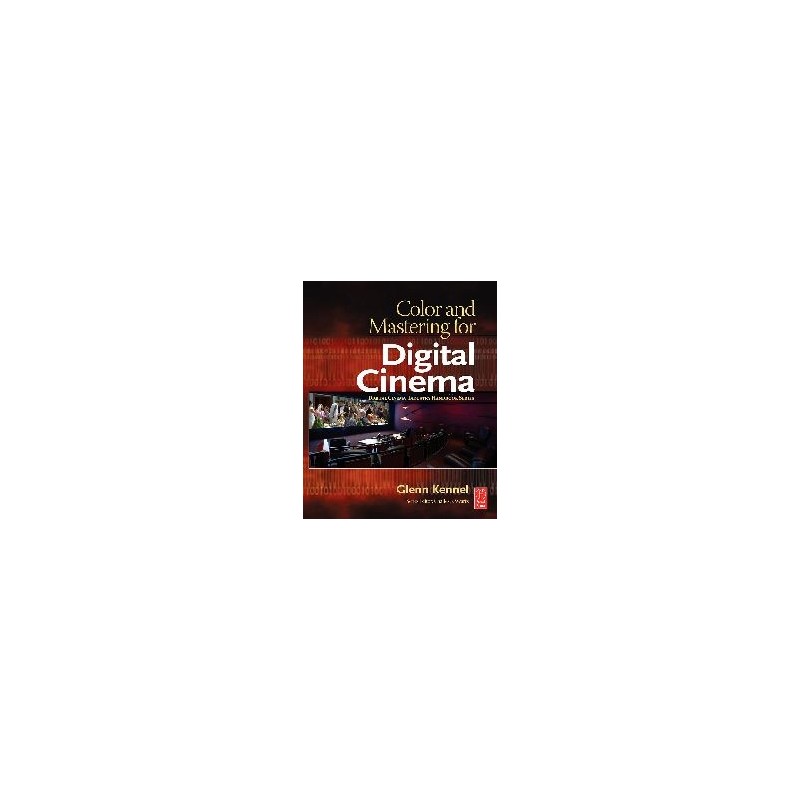- Obecnie brak na stanie




darmowa wysyłka na terenie Polski dla wszystkich zamówień powyżej 500 PLN

Jeśli Twoja wpłata zostanie zaksięgowana na naszym koncie do godz. 11:00

Każdy konsument może zwrócić zakupiony towar w ciągu 14 dni bez zbędnych pytań
ZEGAR Z KALENDARZEM ZASILANY BATERYJNIE - PŁYTKA DRUKOWANA I ZAPROGRAMOWANY UKŁAD
Brak towaru
Brak towaru
Brak towaru
Wixel Shield for Arduino + Wixel Pair + USB cable
Brak towaru
Brak towaru
Miernik pozwalający zmierzyć indukcyjność oraz rezystancję. Wyposażony w tester diod, tester ciągłości obwodu, wskaźnik rozładowanej baterii oraz funkcję Hold. Uni-T UT602
Brak towaru
Brak towaru
Brak towaru
Podwójny sterownik pozwalający na wysterowanie dwóch silników DC napięciem od 4,5 do 13,5V i prądem ciągłym 1 A na kanał. Komunikuje się przez interfejs szeregowy. Pololu 1110
Brak towaru
Brak towaru
Programowalny moduł BT4.0 ze złączem UART 2x4 pin 2.54 mm
Brak towaru
Uniwersalny odsysacz lutowniczy wykonany z tworzywa sztucznego, do usuwania nadmiaru cyny. NAR0049
Brak towaru
Akumulator mobilny o pojemności 8000 mAh, z funkcją latarki, do ładowania przenośnych urządzeń elektronicznych, zasilanych napięciem 5V. Power Bank ładowany jest poprzez złącze microUSB
Brak towaru
Moduł pamięci Flash eMMC 5.1 dla komputerów Odroid C2 firmy Hardkernel. Pojemność 32GB, zainstalowany system operacyjny Android. W zestawie znajduje się adapter microSD. Hardkernel
Brak towaru
Obudowa dedykowana dla komputerów Orange Pi Zero Plus2 H3 oraz Orange Pi Zero Plus2 H5. Umożliwia montaż modułu rozszerzeń. Orange Pi OP0011
Brak towaru
Brak towaru

